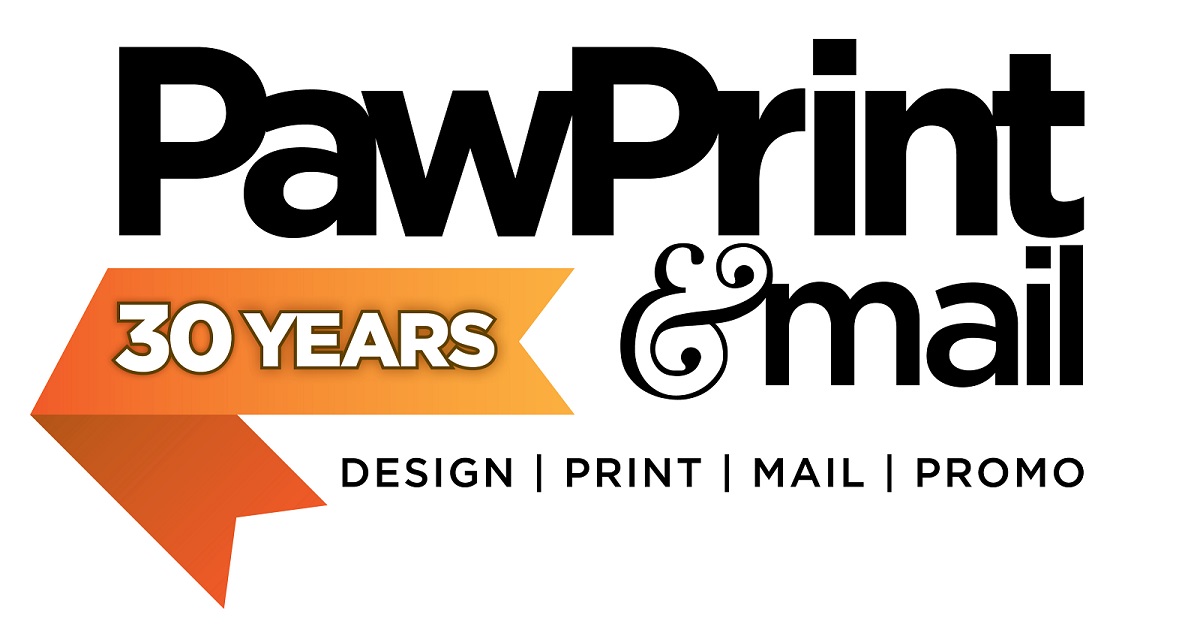Drowning in Email
It’s Monday morning, and you’ve just opened your email inbox. A slew of new messages awaits you, from organizations you follow, stores you have shopped at and accounts you have signed up for.
Chances are, you’ve got a lot to read and little time to do so. With 83 percent of B2B marketers using email in their content marketing strategy, that amounts to a lot of content reaching each consumer. Because of this, 70 percent of email users feel they receive too many emails.

Despite this, email is an important part of marketing strategy, and is particularly effective when used as part of a multi-channel approach, incorporating your message through direct mail, social media and other outlets. A PEW research study found that 92 percent of adults who are online use email, most on a daily basis.
But when faced with a full inbox, it’s easy for messages to get lost in the shuffle. How do you decide what merits reading?
On the flip side, if you are using email as part of your organization’s marketing campaign, how can you best ensure your content will be read?
The answer to both of these questions is the same: write a compelling subject line.
A strong subject line is critical. It can make the difference between your email being opened and read or ignored. When you’ve put effort into something, you want to share it with your audience. And, you want your message to come across as intended. Even if you work hard to craft the marketing emails you send, neglecting to add a captivating subject line can mean your efforts were for naught.
What Makes a Strong Subject Line?
Length
You’re limited to one line to make your pitch. It’s essential you make it well. Generally, lines with 30 to 50 characters are ideal. The prevalence of email access through mobile devices means that your message will first be seen on a mobile device 40 percent of the time. Smaller screens mean less room for your subject line to be read in its entirety. Also, 50 characters or less results in a 12 percent higher open rate and a 75 percent higher click-through rate.
Personality
Many emails, including spam, come from a generic company email. For consumers, this is impersonal and results in a lower open rate. An email from [company name] suggests a robot. Connecting your audience with a real person by sending your emails from an actual person’s account is important, as 68 percent of Americans decide to open an email based on who it is from.
Including each recipient’s name or location in the subject line adds another layer of personalization that can increase the open rate. Using the words “you” and “your” can also draw readers in and make the subject line more compelling.
Keywords
It should be easy to understand what your email is about. You can use words that create a sense of urgency and exclusivity. If it is the “last chance” the recipient will have to donate or purchase, they are more likely to act immediately than if they do not feel they have limited time. There is a 22 percent higher open rate for subject lines that incorporate urgency and exclusivity. The use of action verbs at the beginning of the line brings that sense of urgency, asking recipients to envision themselves answering your call to act.
Incentive
Your subject line is the incentive to open the email. You want recipients to find value in what you are offering. Convince them that your email will in some way be an improvement in their lives or their business.
Trust
Never use language in the subject line that will mislead your audience. Email can be a way to build consumer confidence in your brand. Any kind of false promises will only lead recipients to unsubscribe and retain a negative vibe from your organization. And always check for typos!
Email Marketing Style Tips
- Don’t be afraid to use humor, as long as it is inoffensive and will be understood by your audience.
- Never use all caps, or excessive exclamation points—nothing points to spam quite like those.
- Using numbers shows the specific benefits your email is offering. Try “increase donor retention by 50 percent” versus “how to increase donor retention.”
- Phrasing your line in the form of a question leads recipients to want to answer that question, and open the email to see how they compare.
A last tip is to test your subject lines. Depending on what your company or organization has to offer, some strategies will be more effective than others. Tracking the response rates of your different subject lines will reveal which methods work best for reaching your audience.
Email can be incorporated into any marketing strategy. And it’s proven its effectiveness. 47 percent of recipients will open an email based solely on the subject. A strong subject line is an essential part of ensuring your email marketing is communicating your message.
